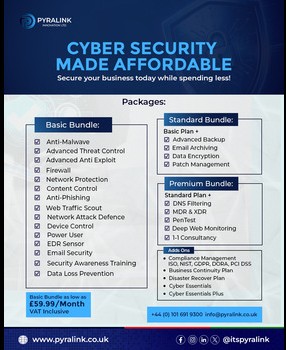From Reaction to
Prevention: Rethinking Your Security Strategy
Security teams often organize their work into three
categories: preventive (stop attackers), detective (notice attackers), and corrective
(fix damage). All three assume the adversary can exploit your environment. However, they are stuck
in an endless loop: document, inventory, prioritize. Every week brings new
misconfigurations, vulnerable dependencies, or mismanaged identities, always stretch team members thin,
struggling to fix even
critical issues.
To help, the industry has produced a flood of security
posture management tools, promising to help CISOs spot misconfigurations in the
cloud, supply chain vulnerabilities, or SaaS misprovisioning. How can security be shifted to the left? Everyone should focus not just on
responding to failures, but on preventing them entirely.
Step One: Minimize the Volume
Instead of merely minimizing your attack surface,
reduce the volume of what you need to protect. Software often ships with far too many components. Instead, use clean,
minimalist builds that deliver only what you need. Reducing dependency tree complexity also limits risk from outdated
subcomponents, keeping systems more current and secure. By tightening what actually runs in production, you make it harder for
insiders or external attackers to exploit forgotten, unneeded components.
Step Two: Configure Native Tools
Correctly
Cloud configuration interfaces vary wildly, even within
a single vendor. As a result, security teams must master multiple
"languages" to enforce policy. A better
approach? Build centralized, consistent configuration policies that drive
secure defaults everywhere—eliminating misconfigurations before they become exploitable
by insiders or outsiders.
Step Three: Quiet the Noise of
Passwords
While user authentication is going passwordless, non-human
identities (NHIs)—API keys, service passwords, tokens are being left behind. NHIs account
for over 95% of authenticators in most environments. Yet most teams still treat
them with basic “encrypt-at-rest” strategies, which don’t stop misuse. We need just-in-time access models for NHIs, similar to modern password
managers for people. This involves:
1.
Identifying secrets throughout the supply chain and
runtime
2.
Eliminating hard-coded or duplicated secrets
3.
Providing secure, on-demand access only when needed
These steps reduce insider threat risk by removing
standing access that can be misused.
Secure Your Environment
Proactive security is nonnegotiable and essential. By reducing complexity,
enforcing secure configurations, and modernizing secrets management, you can
enable your business to move faster and safer, minimizing risk without slowing
developers down.
Insider threats. Misconfigurations. Secrets
management. Software supply chain risks. These aren’t
hypothetical but today’s
reality.
Pyralink’s Essential Cybersecurity Toolkit empowers
your security team to:
·
Automate security posture management
·
Enforce consistent, secure configurations across
cloud providers
·
Manage and rotate secrets safely—including NHIs
·
Detect insider threats with behavioral analytics
·
Enable real-time monitoring and rapid response
Don’t wait for the next incident. Invest in
proactive security that scales with your business.
Get started today with our Essential Cybersecurity Toolkit




